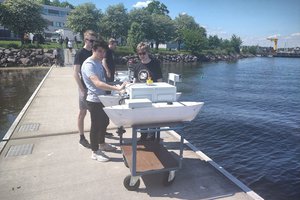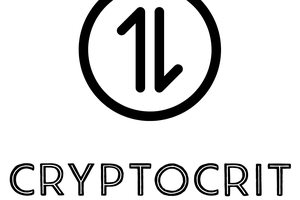Sponsorship
The NLnet Foundation NGI Zero Core Fund sponsors this project. Learn more about it here: Project Patchouli.
This project is sponsored by Modos
License
Project Patchouli Documentation by Yukidama and other project members is licensed under Creative Commons Attribution 4.0 International
All images and other resource files in this project, unless otherwise specified, are created by the project team and are licensed under the same CC BY 4.0 license.
The hardware design is released under the CERN Open Source Hardware License strongly-reciprocal variant, CERN-OHL-S. A copy of the license is provided in the source repository. Additionally, a user guide of the license is provided on ohwr.org.
Unless otherwise specified, all program code is licensed under the GPLv3 license.
 Yukidamayaki
Yukidamayaki


 Ricardo Ferro
Ricardo Ferro

 Abhishek Choudhary
Abhishek Choudhary
 Kavita Arora
Kavita Arora
Thats so awesome and informative. Love it!
Also ... as someone who also names his projects after Touhou caracters: finally a man of culture 😉